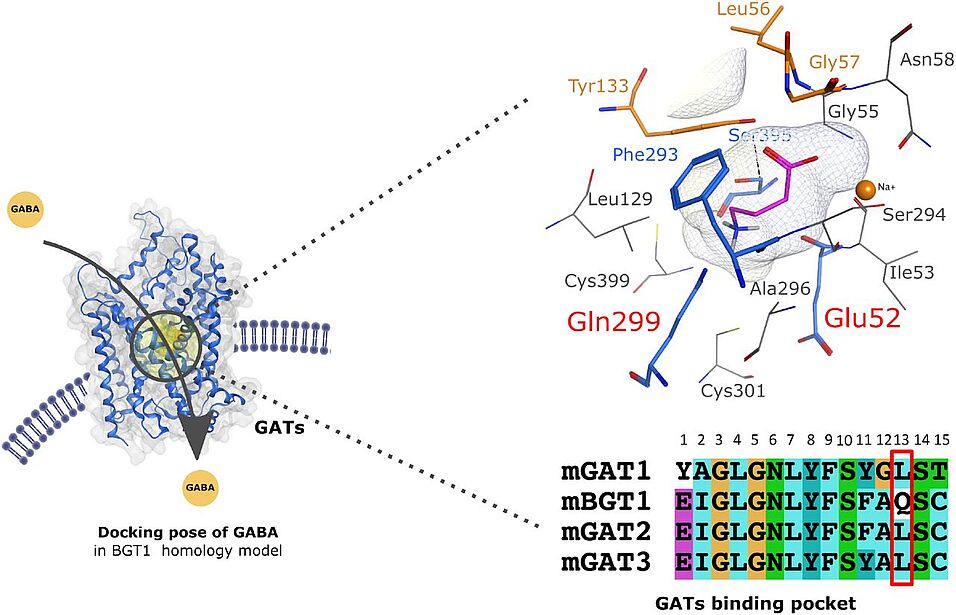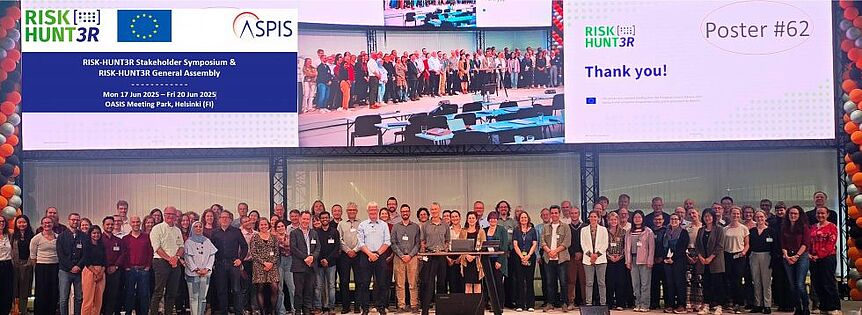Kickinger Stefanie, Seiler Anna, Digles Daniela, Ecker Gerhard F.: Proteochemometric modeling strengthens the role of Q299 for GABA transporter subtype selectivity. bioRxiv preprint, August 16, 2024.
DOI
https://doi.org/10.1101/2024.08.13.607728
Abstract
Proteochemometric modeling (PCM) combines ligand information as well as target information in order to predict an output variable of interest (e.g. activity of a compound). The big advantage of PCM compared to conventional Quantitative Structure-Activity Relationship (QSAR) modeling is, that by creating a single model one can not only predict the affinity of a diverse set of compounds to a diverse set of targets, but also extrapolate the specific ligand-protein interactions that might be relevant for activity. In this study, we compiled a dataset of 323 compounds and their bioactivity data regarding the inhibition of the four GABA-transporter (GAT1/BGT1/GAT2/GAT3) subtypes, which are potential new drug targets for treating epilepsy. Proteochemometric modeling using partial least squares and random forest provided models which performed equally well than conventional QSAR models for each individual transporter. However, by analyzing the importance of the protein descriptors used in the PCM models, we identified the amino acid Leu300/Q299/L294/L314/ in GAT1/BGT1/GAT2/GAT3 to be relevant for binding and subtype selectivity.
Key Words
GABA transporter, Proteochemometric modeling, Computer-aided drug design, Quantitative Structure-Activity Relationship, In silico modeling
Funding
This work was supported by the Austrian Science Fund FWF (grant W1232, MolTag).
Rights & permissions
The copyright holder of this preprint (which was not certified by peer review) is the author/funder, who has granted bioRxiv a license to display the preprint perpetuity. It is made available under a CC-BY-NC 4.0 International license.




